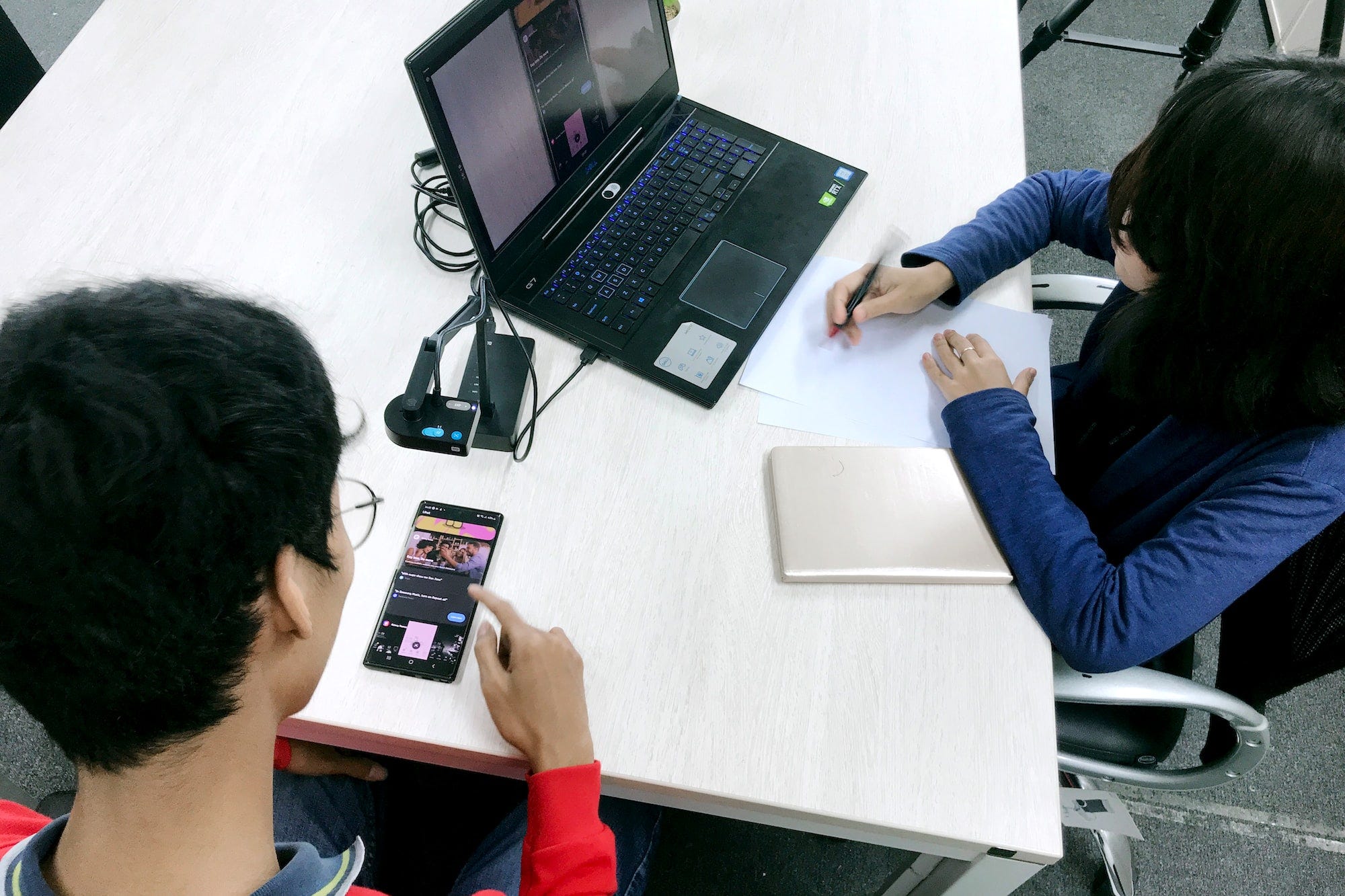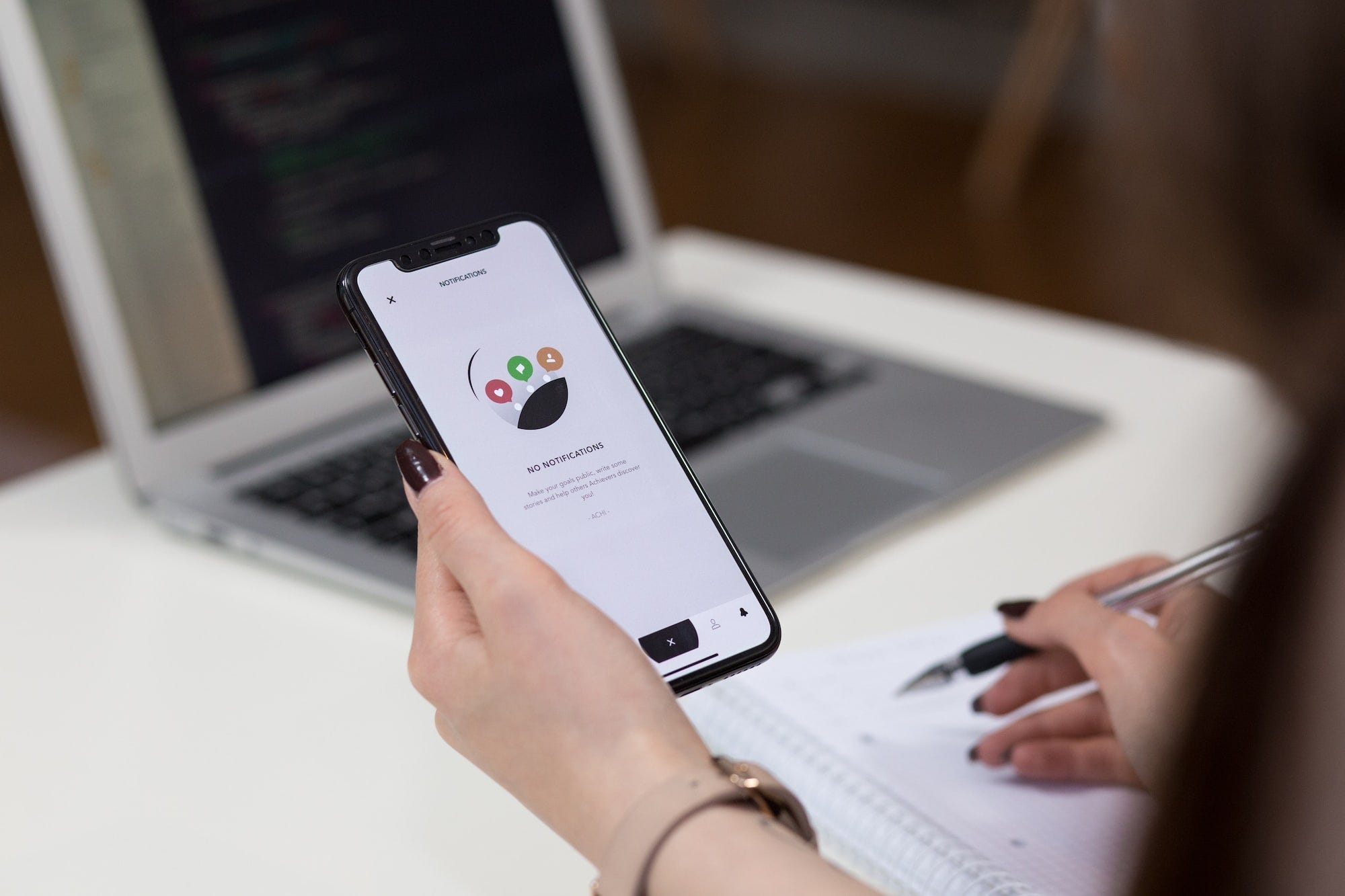Accessibility and usability in design

Accessibility refers to a user's capacity to use products and services, as well as the breadth and ease with which they can achieve their goals. People with a variety of skills and disabilities can perceive, comprehend, navigate, engage with, and contribute to the web when it is designed with accessibility in mind.
A widespread assumption is that accessibility necessitates a focus on individuals with disabilities, but this is not the case. Everyone is included in the design of accessibility. Maximizing ease of use to reach all ability levels results in goods that everyone, regardless of context, can use and enjoy. Designing for accessibility only broadens the user pool and benefits all users. Universal Design is the technique of designing to maximize the user pool.

What do we hope to achieve with accessibility and usability?
Accessibility in design does not imply that your design is ugly or uninteresting; rather, it implies that you are seeking to reach a wide range of audiences and that your work is not limited to a specific set of users. Thus, while developing, be sure to include those with impairments.
Watch the color. You use the shades and not just the standard design pattern. Listening to individuals with impairments and how they find it difficult to relate to the most difficult makes it feel like as designers we create for a certain type of person and exclude the rest. 1 out of 10 men is color blind.
Some designers confuse usability and accessibility, although they are not the same thing. However, there are some commonalities between terrible UX and inaccessibility.
Usability is the ability of a user to easily navigate a product without becoming frustrated, and this is very important in design because when a product isn't usable, it leads to frustration on the user's end, which leads to them dumping the product, thus compounding the problem it was meant to solve.
To put it another way, a negative experience for the general population is frequently far worse for a disabled or impaired individual. A product's inaccessibility stands between a user and his goal.
It becomes more difficult for people with disabilities as compared to the rest of us. Designers should begin to consider accessibility and usability for a diverse range of users rather than a certain set of users and learn to design with everyone in mind.
Conclusion
Usability and accessibility are more than just user satisfaction. If you want your designs to succeed, you must make sure they are efficient, effective, interesting, easy to learn, and error-tolerant. Consider all users, as some nations are already including accessibility and usability requirements into corporate regulations for tech apps and websites.





